Top Things to Know Before Buying Garden Lawn Edging
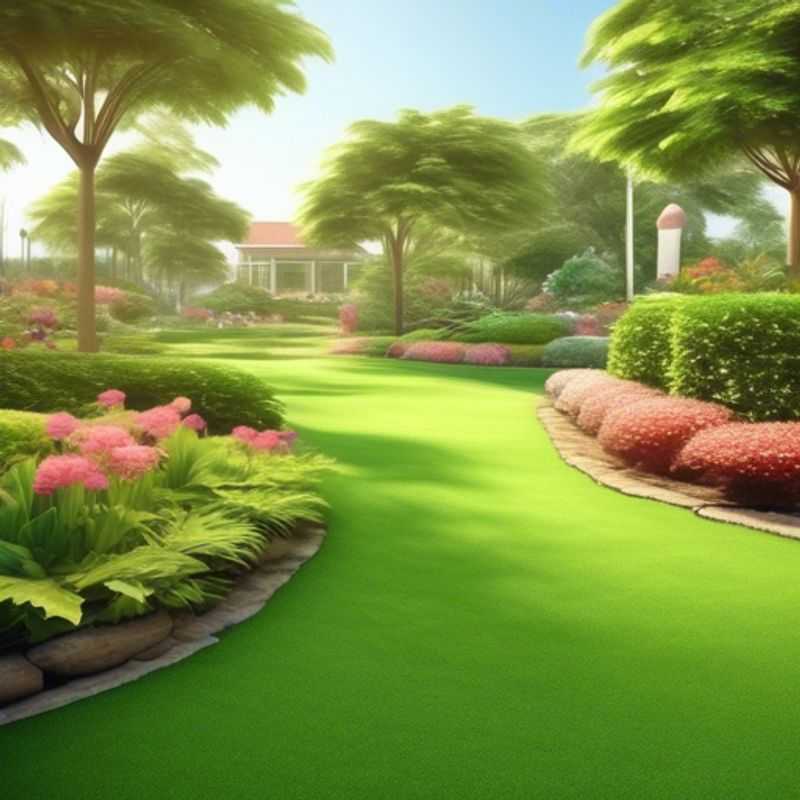
Top Things to Know Before Buying Garden Lawn Edging: Measure, Material, Height, Durability, Style, Installation, and Value
Ah, lawn edging. A simple detail, yet it holds the key to a well-defined and aesthetically pleasing landscape. Before you dive into the world of edging materials, let me share some insights, a blend of technical know-how and practical wisdom, that will guide your purchase.
First, and perhaps most crucial, is accurate measurement. You'll need to know the exact length of edging you require. A tape measure, a steady hand, and a bit of patience are your allies here.
Next, consider the material type. Metal offers durability, plastic provides flexibility, and stone exudes a timeless charm.
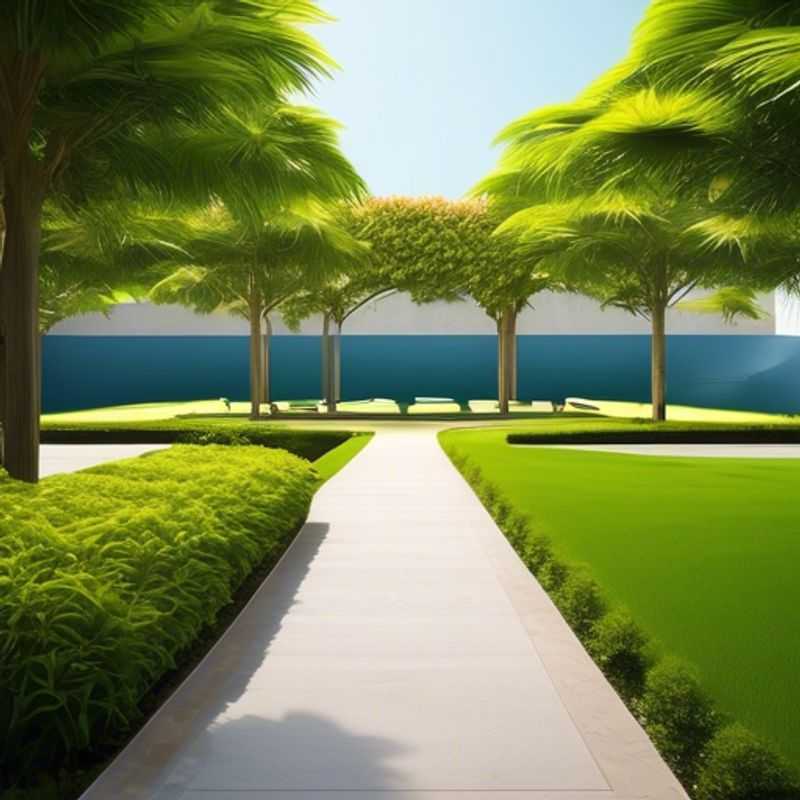
Measure Twice, Edge Once: How to Accurately Determine Your Lawn Edging Needs
Before embarking on your lawn edging project, accurately measuring the area is paramount. This ensures you purchase the right amount of edging material, saving you both time and money.
Start by walking the perimeter of the area you wish to edge. Use a measuring tape to mark the starting point and measure along the curves and straight lines of the boundary. Record these measurements as you go, keeping track of any changes in direction.
For curves, consider breaking them down into smaller segments. Measure each segment, taking note of the radius or arc length if possible. If you're unsure about the exact measurement, err on the side of caution and overestimate.
Once you've measured the entire perimeter, add up all your measurements. This will give you the total length of edging material you'll need. Remember to factor in any corners or angles, as these will require additional material.
Important Tip: Always add a few extra feet of edging material to account for any mistakes or potential waste during installation. This will ensure you have enough to complete the project without needing to make additional trips to the store.
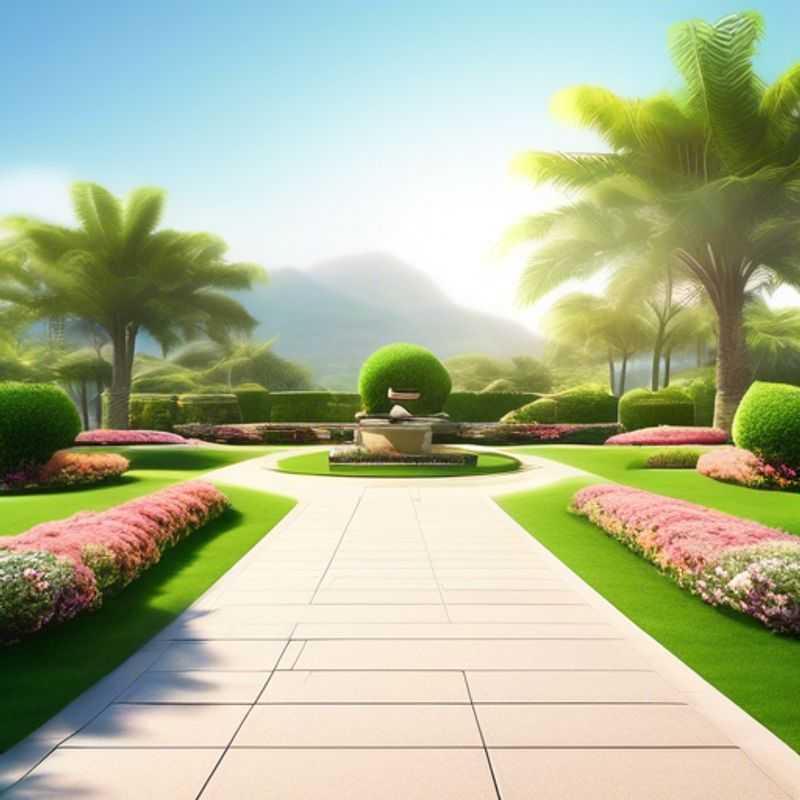
Material Matters: Choosing the Right Stuff for Your Project
Choosing the right material for your project is crucial. Consider your needs, budget, and aesthetic preferences.
Metal: Durable, strong, and versatile. Great for structures, furniture, and decorative accents. Metal can be expensive, but its longevity makes it a worthwhile investment.
Plastic: Lightweight, affordable, and easy to mold. Plastic is ideal for everyday items, toys, and some furniture. However, plastic can be prone to scratches and may not be as durable as other materials.
Stone: Natural beauty, durability, and a classic look. Stone is perfect for countertops, flooring, and outdoor structures. However, stone can be expensive, heavy, and require specialized installation.
For your budget, metal can be a good option for long-lasting projects, plastic is budget-friendly, and stone requires a higher investment. Remember, factors like design and complexity can affect costs.
When considering material type, remember the following:
Durability: How long will the material last? Will it withstand wear and tear?
Aesthetics: Does the material match your design style?
Maintenance: How much effort is required to keep the material looking its best?
By carefully considering these factors, you can choose the right material for your project, making sure it meets both your needs and budget.
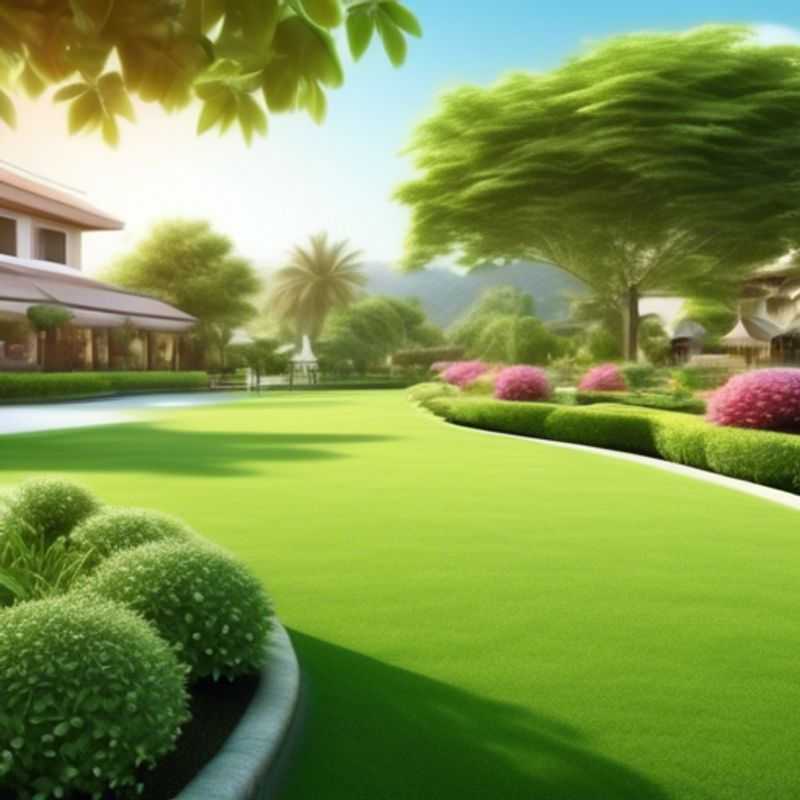
Edge of Perfection: Matching Edging Heights to Your Landscape
When choosing an edging height for your lawn and garden, you want to consider the overall design and aesthetics of your outdoor space. The goal is to create a harmonious look that complements your lawn, garden beds, and other landscape features.
There's no single "right" height, and it's a matter of personal preference. However, here are some key considerations:
Lawn Height: You'll generally want the edging height to be slightly higher than the surrounding lawn. This creates a clear distinction and prevents the lawn from encroaching into your garden beds.
Garden Bed Height: Consider the height of your plants. If you have tall flowers or shrubs, you might want a higher edging to visually separate them from the lawn. For smaller, low-lying plants, a lower edging might be sufficient.
Edging Material: The material you choose for edging will also influence the overall height. Some materials, like stone or brick, are naturally thicker than others, like plastic or metal edging.
Visual Balance: Look at the overall landscape. You want the edging to be proportional to the other elements in your yard to create a balanced and harmonious look.
Maintenance: Remember that a higher edging might be more difficult to trim and maintain. Choose a height that's practical for your needs and skill level.
For professional edging installation, you can expect to pay an average of $3 to $10 per linear foot, depending on the material, complexity of the design, and the labor costs in your area. Be sure to get multiple quotes and discuss the details of the project thoroughly with potential contractors to ensure you get the best value for your budget.
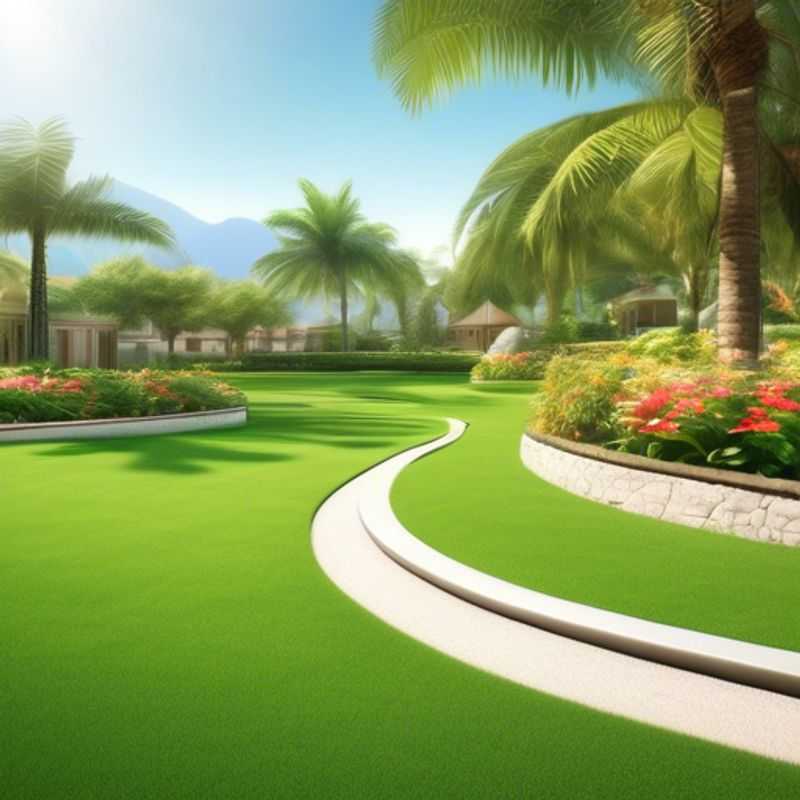
Weatherproofing Your Tech: Choosing Durable Devices for Outdoor Adventures
When selecting materials for outdoor use, durability and weather resistance are paramount. Weather-resistant materials are designed to withstand the elements, including rain, snow, sun, and wind. Look for materials that are moisture-resistant, UV-resistant, and mildew-resistant. Durable materials can withstand wear and tear, ensuring longevity. For example, consider using stainless steel or galvanized steel for outdoor structures, as they are resistant to corrosion. Wood is a common outdoor material, but choose pressure-treated lumber for increased longevity and resistance to rot and insects. Remember to apply protective finishes like paint or stain to extend the life of wooden structures. Synthetic materials like polycarbonate are also durable and weather-resistant, making them suitable for applications like outdoor lighting and roofing.
When choosing materials for your outdoor project, consider the specific climate and anticipated usage. Research the properties of various materials to ensure the best fit for your needs. Professional consultation from an architect, engineer, or contractor can be invaluable in determining the most appropriate and durable materials for your specific project.
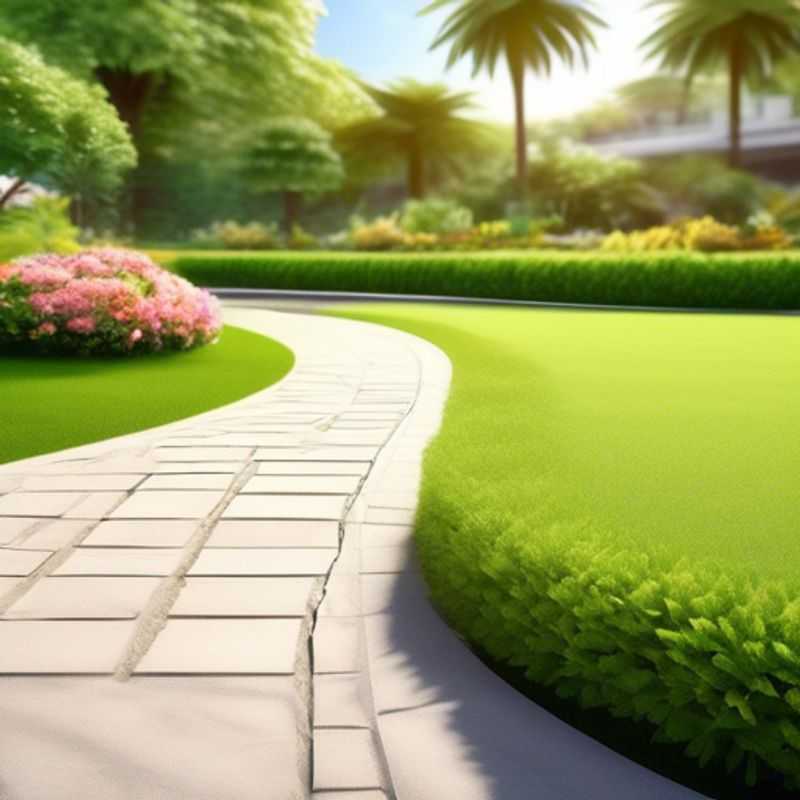
Exploring the Edge: Straight, Curved, and Scalloped Profiles
Edge profiles are an often overlooked design element that can significantly impact the look and feel of a piece. Edge profiles, also known as edge treatments, are the shape and form of the edge of a piece, whether it be a countertop, cabinet door, or furniture.
There are many different edge profile styles, each with its own unique look and feel. Some of the most common edge profile styles include:
Straight Edge: This is the simplest and most common edge profile. It's a clean, crisp, and modern look that's perfect for contemporary designs.
Curved Edge: A curved edge can add a touch of softness and elegance to any piece. It's a great choice for traditional or transitional designs.
Scalloped Edge: A scalloped edge adds a touch of whimsy and charm. It's a popular choice for furniture and other decorative pieces.
Beveled Edge: This edge profile has a slanted or angled edge that can add visual interest and depth to a piece. It's a good choice for both traditional and contemporary designs.
Ogee Edge: An ogee edge is a curved edge with a subtle S-shape. It's a classic edge profile that's often used on furniture and countertops.
The choice of edge profile will depend on the overall design aesthetic of the piece. It's important to consider the style of the piece, the materials used, and the intended use of the piece when choosing an edge profile. You might also want to consult with an expert for more information about what edge profile is best for your needs.
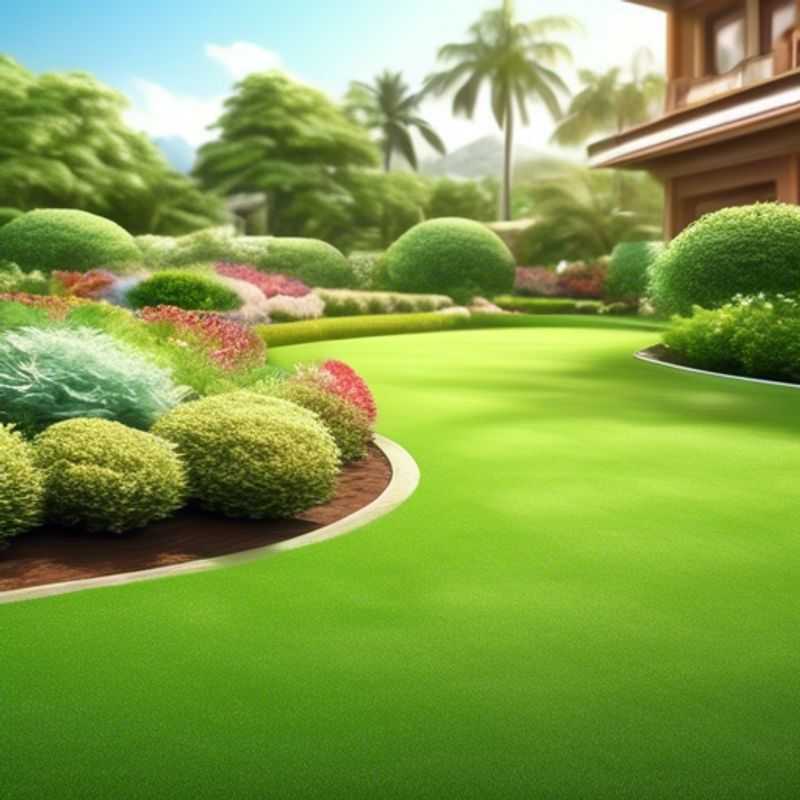
Unveiling the Secrets of Installation: Anchoring and Interlocking Systems
Investigating installation methods for anchoring and interlocking systems is crucial for ensuring the stability and longevity of any structure. These methods offer a variety of advantages, including increased load-bearing capacity and resistance to environmental factors. It’s essential to understand the different types of anchoring and interlocking systems, their suitability for specific applications, and the associated installation procedures.
Anchoring systems, which secure a structure to a substrate, can be broadly categorized into mechanical, chemical, and composite anchors. Mechanical anchors, such as expansion anchors and wedge anchors, rely on mechanical forces to create a secure hold. Chemical anchors, on the other hand, use a chemical reaction to bond the anchor to the substrate. Composite anchors combine mechanical and chemical principles for enhanced performance.
Interlocking systems, on the other hand, are designed to create a secure connection between different components of a structure. These systems are typically made from materials like steel, concrete, or plastic, and they utilize features like grooves, slots, or tabs to achieve interlocking. Interlocking systems are commonly used in building facades, retaining walls, and prefabricated structures.
The selection of the appropriate installation method depends on various factors, including the load requirements, material properties, and environmental conditions. It is crucial to consult with qualified engineers or contractors to ensure the proper selection and installation of anchoring and interlocking systems.
When estimating the cost for installing these systems, consider various factors such as material costs, labor costs, and any permits or inspections required. Material costs will depend on the specific types of anchors and interlocking components used, while labor costs will vary based on the complexity of the installation process and the number of workers required. Additionally, consider the cost of any specialized equipment or tools needed for the installation.
By carefully evaluating the installation methods, considering the specific project requirements, and obtaining professional expertise, you can ensure a safe and reliable installation for your structure.
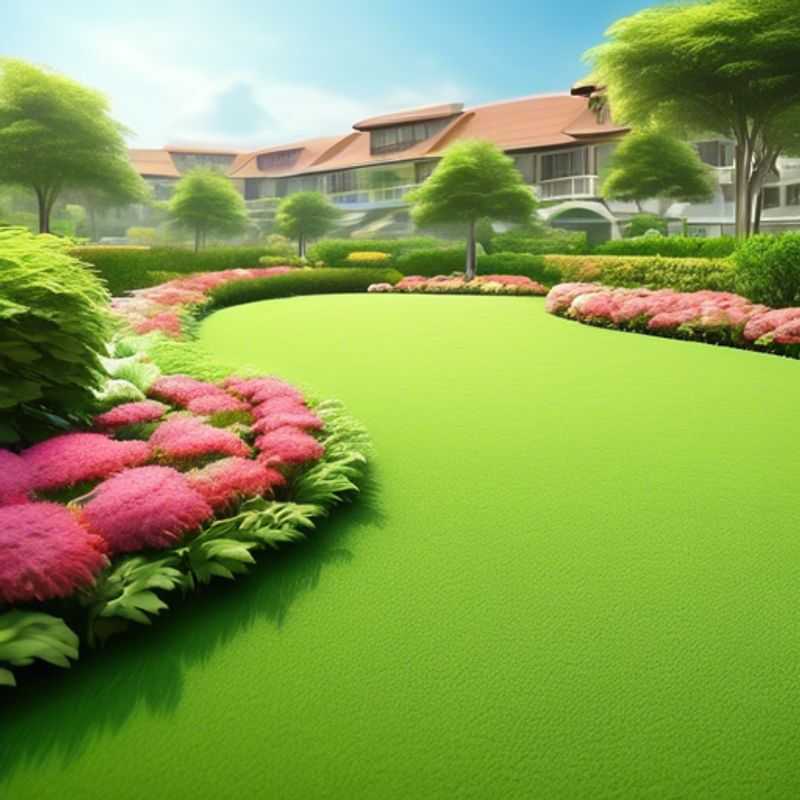
The Ultimate Guide to Comparing Prices and Reviews: Finding the Best Value
In today's fast-paced world, comparing prices and reviews from multiple retailers is essential for consumers seeking the best value for their purchases. By leveraging various online platforms and tools, shoppers can easily identify price differences and read customer feedback, ensuring they make informed decisions.
To effectively compare prices, start by using price comparison websites that aggregate data from numerous retailers. These platforms often highlight current discounts, allowing you to spot the best deals quickly. Additionally, setting alerts for specific products can notify you when prices drop, saving you time and money.
When it comes to reviews, it's crucial to look at both the quantity and quality of feedback. A product with a high number of positive reviews typically indicates reliability, whereas a few negative comments might warrant caution. Pay attention to verified purchases to ensure authenticity.
Consider also the hidden costs that might affect your overall expenditure, such as shipping fees, taxes, and return policies. Some retailers may offer lower prices but charge high shipping fees, negating the perceived savings. Always factor these elements into your total cost analysis.
Lastly, be aware of loyalty programs and credit card rewards that can provide additional savings or cash back on your purchases. By being proactive and utilizing these strategies, you can find the best value without compromising your time or budget.
